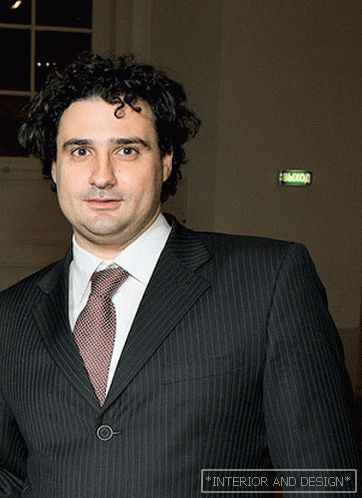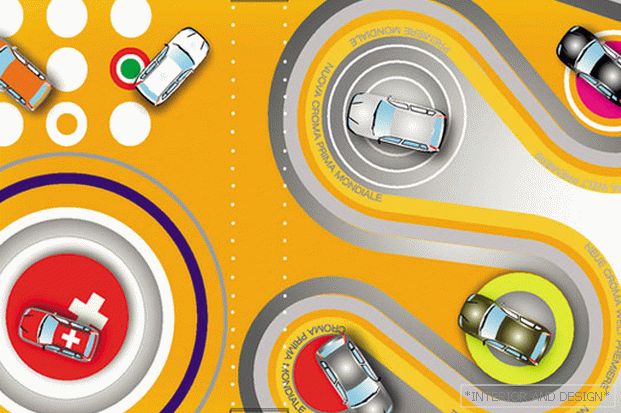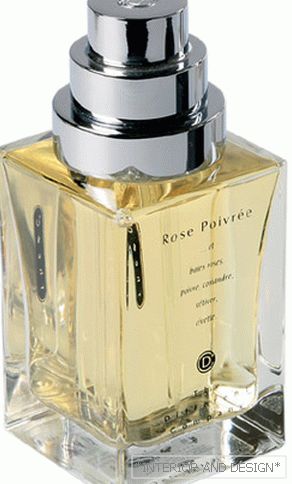The owner of the factory BROTHERS RADICE and the author of her new collection tells about things with the future
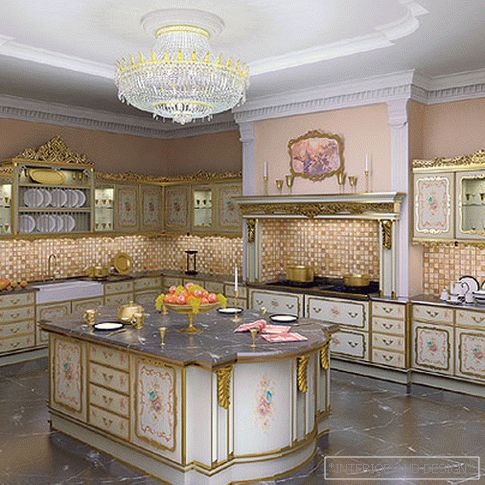
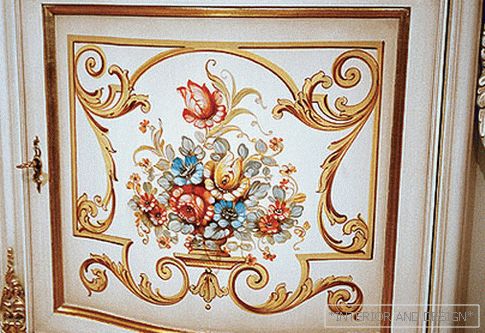
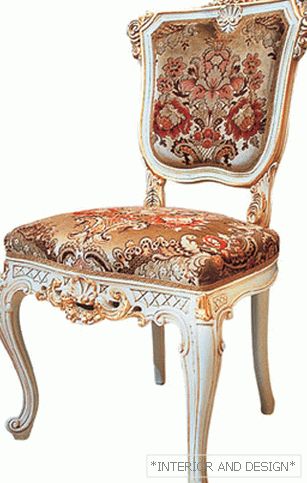
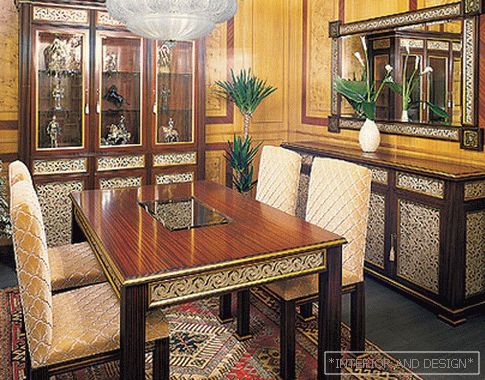
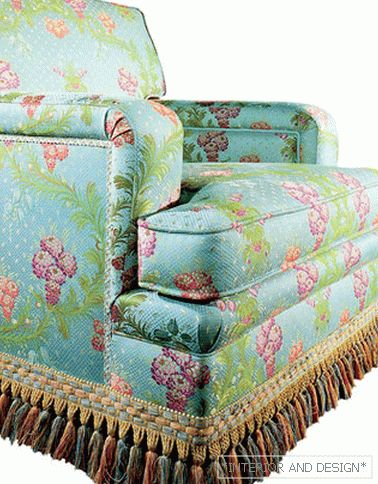
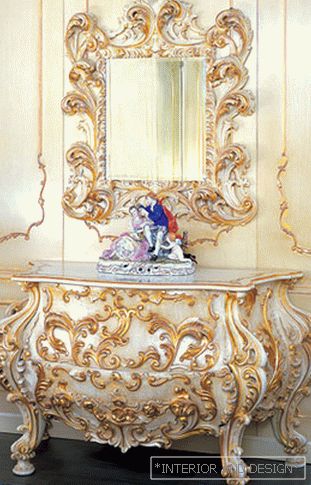
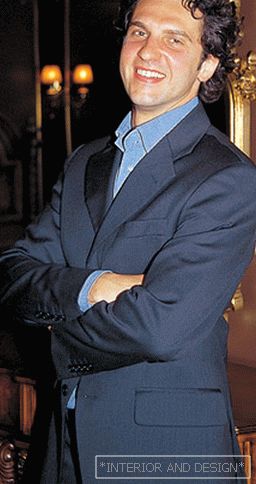

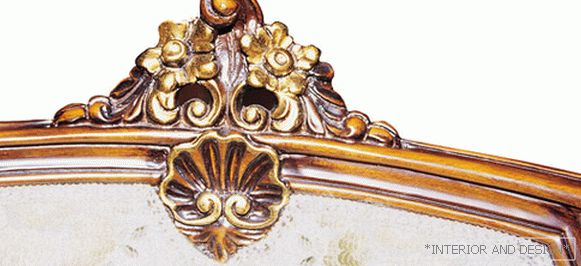 Passing the gallery
Passing the gallery Interview and photo: Karina Chumakova
Magazine: N10 (110) 2006
SALON: Italy is traditionally considered one of the most beautiful countries in the world. Do you have any favorite places in Italy?
- In my passions I am not original. I was born and raised in Brianza, the most beautiful region of Italy between Lake Como and Milan. There are still preserved the Renaissance palazzo, in which people continue to live. Hollywood stars are striving to settle here, because the atmosphere of these places is permeated with the spirit of the past, the way we want it to be: romantic, like Italian girls, as clean as Lake Como, and a little naive like folk songs ...
In addition, in this area for many centuries are located the most famous furniture workshops, in which Napoleon himself ordered. And I was lucky to grow in these parts, soaking up beauty with the air.
S: How do you manage to maintain the continuity of the traditions of production?
- The Radice family has been producing furniture since the 1920s, that is, for almost 90 years, but, despite the rich traditions, we are experiencing real difficulties with the selection of craftsmen. We have five cabinet makers, and it is very difficult to find a replacement for them and assistants. Until recently, there were educational institutions in Italy that trained personnel for such exclusive productions as ours, but the last of them closed two years ago, so we have to seriously think about training specialists to maintain traditions, otherwise we just risk losing them. In a sense, we are forced to return to the Middle Ages, when children were taught by fathers and grandfathers. Now, for example, we have two masters who came to us 15 years ago as boys and from whom we raised first-class masters.
S: I know that in addition to the production of furniture, you are engaged in the restoration of antiques.
- Yes, sometimes we are really charged with unusual orders. The fact is that our long-time clients sometimes turn to us when they need help in restoring and restoring the interiors of their old villas. Recently, our craftsmen participated in the restoration of a 16th century mansion on Lake Como, in which the original furnishings were fully preserved. For us, this is a non-profile type of work, but we do not refuse, because we ourselves derive great pleasure from communicating with genuine art. Back in the 30s of the last century, we began to collect old wood, which is now used exclusively for the restoration of antiques.
S: Please tell us about your latest collection. It is quite different from what the factory did in the past. And as her designer you yourself acted. - Yes, at the last Milan furniture store we presented a collection inspired by antiques of the Art Deco era. This style is not typical for Italy, since at one time it was not widely spread here, but in the era of total globalization, a variety of inspirations become a source of inspiration. I designed this collection in close collaboration with our long-time leather supplier; the strict forms of the furniture are contrasted with an unusual finish: the facades are decorated with perforated embossed leather and powdered with golden pollen. I decided on this attempt to move away from the classics, because I think that in the coming years, the development of this direction will take the path of eclectic rethinking, that is, the way of mixing various style elements. And in this mix the classic of the future will arise.

